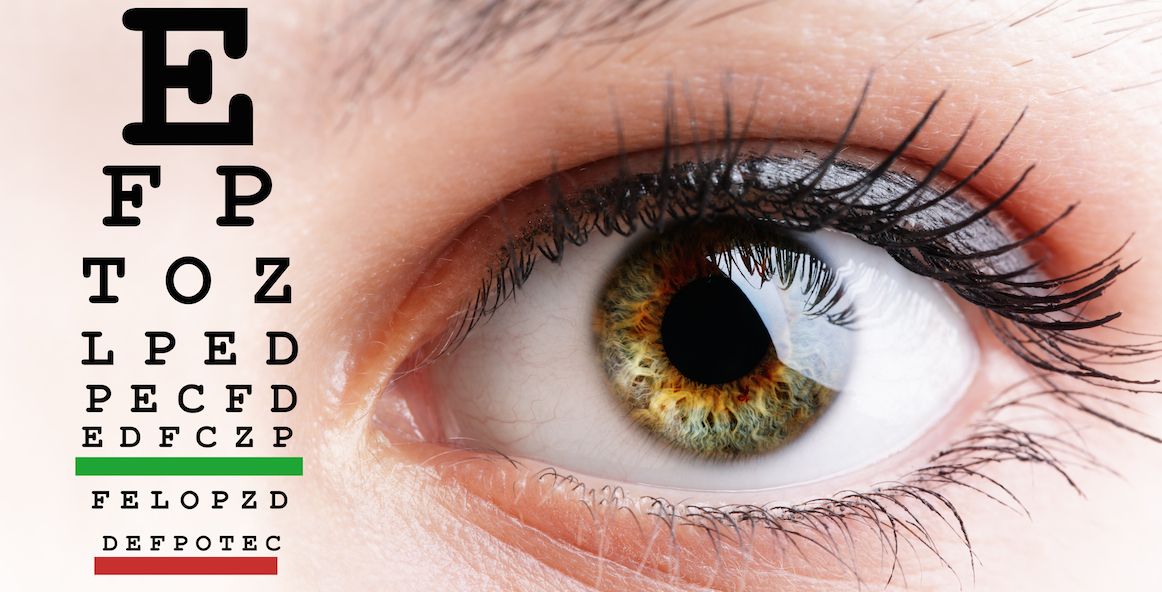Andalusia Eye Facility: Premier Services for Vision Improvement
Andalusia Eye Facility: Premier Services for Vision Improvement
Blog Article
The Pros and Cons of Various Refractive Surgeries for Boosted Eyecare

LASIK Surgical Treatment
LASIK surgical treatment is a frequently carried out refractive treatment that intends to fix vision issues such as astigmatism, nearsightedness, and farsightedness. This surgical technique has acquired appeal as a result of its effectiveness in offering clients with clearer vision and decreasing their reliance on glasses or contact lenses. Throughout the treatment, a thin flap is developed on the cornea, and a laser is used to reshape the underlying tissue, remedying the refractive error. The flap is then repositioned, permitting quick recovery and marginal pain for the client.
Among the key advantages of LASIK surgical procedure is the rapid renovation in vision experienced by numerous people. Many individuals discover a significant improvement in their vision quickly after the procedure, with very little downtime required for recuperation. Additionally, LASIK is understood for its high success price and low incidence of difficulties when performed by competent cosmetic surgeons. Nevertheless, like any kind of surgery, LASIK additionally carries some risks, consisting of completely dry eyes, glare, halos, and under or overcorrection of vision. It is necessary for individuals considering LASIK surgery to undertake a thorough analysis by an eye care expert to identify if they are appropriate candidates for the procedure.
PRK Procedure
The PRK treatment, also referred to as Photorefractive Keratectomy, is a kind of refractive surgical procedure that intends to fix vision issues comparable to LASIK surgery. Unlike LASIK, which includes producing a flap in the cornea, PRK deals with the surface area layer of the cornea. During the PRK procedure, the outer layer of the cornea, called the epithelium, is gotten rid of to permit improving of the underlying corneal tissue with an excimer laser. This improving helps to fix refractive mistakes such as farsightedness, astigmatism, and nearsightedness.
One of the advantages of PRK over LASIK is that it removes the threat of flap-related difficulties since no flap is created throughout the surgery. This can be beneficial for people with thin corneas or those associated with contact sporting activities where eye injury is a possibility. The recovery time for PRK is generally much longer contrasted to LASIK, as the external layer of the cornea needs time to regenerate after the treatment. Regardless of the longer healing duration, PRK can be a suitable alternative for people looking for vision correction surgical treatment.
SMILE Surgical Treatment
An advanced refractive surgical procedure strategy acquiring popularity in the field of ophthalmology is SMILE Surgery. Tiny Incision Lenticule Removal (SMILE) is a minimally intrusive procedure that remedies vision by reshaping the cornea utilizing a femtosecond laser. Unlike conventional LASIK surgical treatment, SMILE Surgical treatment entails creating a tiny cut in the cornea to draw out a lenticule, which leads to much less disruption to the corneal structure and possibly faster recovery times.
One of the key advantages of SMILE Surgery is its capability to treat myopia (nearsightedness) and astigmatism with high accuracy, leading to outstanding aesthetic results for patients. The minimally invasive nature of the treatment additionally minimizes the risk of problems such as dry eye syndrome, making it a beneficial alternative for individuals seeking refractive surgical treatment.

LASEK Technique
Having discovered the advantages and considerations of SMILE Surgical treatment, an additional notable refractive surgical procedure technique worth examining is the LASEK Method. LASEK, which stands for Laser-Assisted Subepithelial Keratectomy, is a type of laser eye surgical procedure that intends to remedy refractive mistakes such as nearsightedness (nearsightedness), hyperopia (farsightedness), and astigmatism.
Unlike LASIK, LASEK does not include developing a corneal flap. Rather, throughout a LASEK procedure, the cosmetic surgeon makes use of a diluted alcohol option to loosen the thin external layer of the cornea, called the epithelium. This layer is then delicately relocated apart to enable the laser to improve the underlying corneal cells. Once the cornea has actually been improved to the desired degree, the epithelial layer is rearranged.
Among the key benefits of LASEK is that it can be suitable for individuals with slim corneas who may not be excellent candidates for LASIK. Furthermore, LASEK commonly results in very little post-operative pain and a quicker recovery time compared to PRK. The aesthetic recovery procedure with LASEK may be somewhat longer than with LASIK.
Implantable Get In Touch With Lenses
Implantable Call Lenses provide a lasting vision improvement solution for people seeking an alternative to traditional contact lenses or glasses. These lenses, likewise recognized as phakic intraocular lenses, are surgically put helpful site into the eye to remedy refractive errors such as nearsightedness (nearsightedness), hyperopia (farsightedness), and astigmatism. cardiologist andalusia. Unlike traditional get in touch with lenses that rest on the surface area of the eye, implantable call lenses function within the eye itself, giving clear vision without the need for day-to-day maintenance or elimination
Among the vital benefits of implantable get in touch with lenses is their permanence. When placed, they can continue to be in the eye indefinitely, offering secure and consistent vision modification. Furthermore, these lenses can be a superb option for individuals who are not great candidates for laser eye surgery or that like a relatively easy to fix vision correction treatment.
Nevertheless, implantable call lenses do carry some dangers, consisting of the capacity for cataracts or enhanced eye stress. It is critical for individuals considering this option to talk to an eye treatment specialist to identify if implantable call lenses are the ideal choice for their particular demands and eye wellness.
Conclusion
To conclude, each kind of refractive surgical procedure has its own benefits and drawbacks. LASIK surgery is popular for its quick recuperation go right here time, while PRK procedure may be suitable for patients with slim corneas. SMILE surgery uses marginal pain during the procedure, yet LASEK method may have a longer recovery process. Implantable get in touch with lenses give an alternative for those that are not suitable candidates for typical surgical procedures. Clients should speak with their eye treatment service provider to determine the most effective choice for their private requirements.

In General, SMILE Surgical procedure presents an encouraging option for individuals looking to improve their vision through refractive surgery.
Report this page